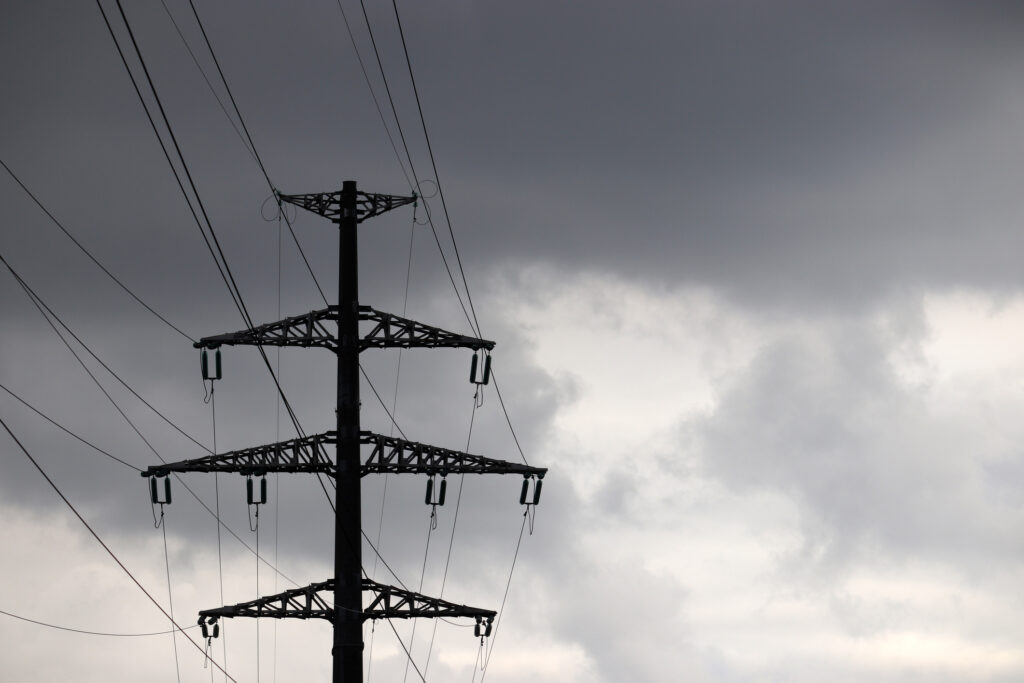
A historic winter storm hit the Lone Star State hard. But underinvestment and mismanagement of the state’s electric grid – a critical piece of infrastructure – is one reason for the outages.
Hello from Dallas, where the temperature is currently 9 degrees Fahrenheit and there’s several inches of snow on the ground. The temperature is expected to get up to 23 degrees today, but that’s not much of a relief to the 4.3 million of my fellow Texas residents without electricity right now.
For those of you from colder climates who think this is just a case of a bunch of people not used to snow freaking out, trust me: It’s not. It’s very, very cold here, and there are some people who have been without heat for over a day now. People have died.
Meanwhile, most of the roads haven’t been plowed, so those without power are having to decide whether to wait it out or drive on dangerous, iced-over roads to find warmth at a friend’s house or warming center.
And the entire state has been hit by this storm. Texas, in case you didn’t realize, is a big state.
So, what is going on? How can it be that one of the country’s most wealthy states – and a state known for producing energy at that – finds itself unable to quickly restore power to millions of its residents at a crucial time?
Well, the severity of the winter storm is one reason.
The Texas power grid is powered largely by natural gas and wind. That works well to keep electricity on during the state’s famously hot summers, but these systems aren’t designed for the frigid weather we’re currently experiencing. Some wind turbines have frozen, and other energy sources like natural gas, nuclear and even coal also are having trouble. Equipment froze up and stopped working.
Meanwhile, people are using more electricity than usual to try to stay warm, and that has “hobbled dozens of power plants.”
Worried that the state’s entire energy grid would collapse, the Electric Reliability Council of Texas (ERCOT), which oversees the state’s electrical network, declared a state of emergency early Monday morning and began initiating outages.
ERCOT officials said these outages would be rolling from neighborhood to neighborhood, lasting 15 to 45 minutes, to ease up pressure on the grid. In practice, that hasn’t really happened. Some are reporting they haven’t had power for a full day now.
But even with the record temps, things should not be this bad. This wasn’t a sudden event like an earthquake; weather forecasters predicted this storm days ago.
What we are seeing is an infrastructure failure.
These winter storms are rare in Texas, but they aren’t unprecedented. Similar power blackouts took place in 2011, for example, right around the time that Dallas hosted the Super Bowl.
There were calls after that storm for power plants to properly winterize their equipment. That didn’t happen, according to Dr. David Tuttle, a research associate with the Energy Institute at the University of Texas at Austin.
“There are things that can be done, but it will cost some money,” Tuttle said. “About every decade we have these long-sustained periods. And then, you know weatherization is supposed to happen, and then, it doesn’t because it costs money.”
There are other issues. Unlike other states, Texas maintains its own energy grid, mostly to avoid having to deal with the federal government. It’s also a deregulated and privatized system, and it’s where Texas Gov. Greg Abbott is pinning the blame right now.
But it’s also a system that doesn’t always receive the resources it needs.
Ed Hirs, an energy fellow at the University of Houston, told the Houston Chronicle that underinvestment has meant power plants haven’t been properly maintained and improved.
“The ERCOT grid has collapsed in exactly the same manner as the old Soviet Union,” he said. “It limped along on underinvestment and neglect until it finally broke under predictable circumstances.”
He added: “For more than a decade, generators have not been able to charge what it costs them to produce electricity… If you don’t make a return on your money, how can you keep it up? It’s like not taking care of your car. If you don’t change the oil and tires, you can’t expect your car to be ready to evacuate, let alone get you to work.”
Now, if you think that this is just a Texas problem, think again. Oregon, which also has been hit hard with storms, also is seeing major power outages right now. The American Society of Civil Engineers gives the nation’s overall energy systems a D+ grade, noting that much of it predates the 21st century. This could happen anywhere in America.
And it’s just one piece of America’s failing infrastructure. The rest of it is also really bad.
There’s a running joke among blue checkmark types about Infrastructure Week, one that has continued into the Biden administration. But there are more than 4 million people in Texas currently without electricity and heat in the midst of a historic winter storm.
The consequences of inaction are deadly.
Things aren’t looking particularly hopeful in the Lone Star State right now, either. The mayor of Dallas just tweeted he doesn’t even understand what ERCOT is telling the public; he also urged folks to help those in need, which doesn’t signal that anybody in power has any control of the situation. And more snow is coming.
